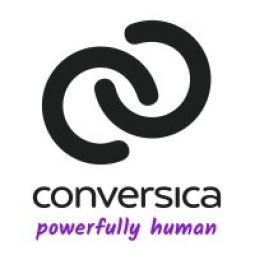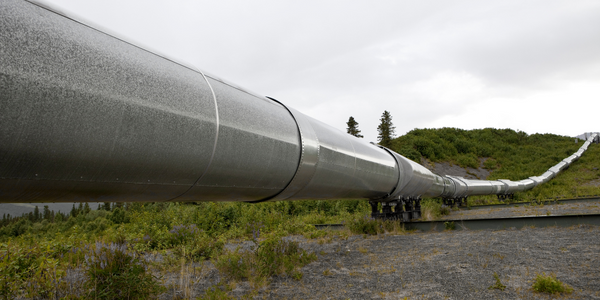Applicable Industries
- Automotive
- Oil & Gas
Applicable Functions
- Sales & Marketing
Use Cases
- Time Sensitive Networking
About The Customer
OEConnection (OEC) is a leading technology solutions provider in the automotive industry. They specialize in providing high-quality solutions to automakers and their franchised dealers, with a focus on facilitating the sale of Original Equipment (OE) replacement parts. OEC's services are crucial in the automotive industry, as they help streamline the process of selling OE replacement parts, ensuring that automakers and dealers can efficiently and effectively reach their target markets. However, like many businesses, OEC faced challenges in lead generation and engagement, which were critical to their sales and overall business performance.
The Challenge
OEConnection (OEC), a provider of high-quality technology solutions to automakers and their franchised dealers, was facing a significant challenge in their lead generation process. Despite investing considerable time and resources into generating leads, the results were marginal at best. The company needed to focus more on qualified leads to maximize opportunities, but without increasing their headcount. This posed a significant challenge as it required a more efficient and effective approach to lead generation and engagement, without escalating costs or requiring additional personnel.
The Solution
To address this challenge, OEC turned to Conversica's AI solution. The AI Assistant from Conversica was deployed to continuously work on leads in the pipeline, sending an average of 12 messages per lead to achieve successful engagement. This solution allowed OEC to optimize their sales process, tracking the number of leads and converted customers that came through as a result of the AI platform. The sales team at OEC now utilizes four types of lead engagement conversations, depending on product interest, to reach various target audiences. This AI-driven approach has not only streamlined the lead generation process but also enhanced the quality of leads, thereby maximizing opportunities for conversion.
Operational Impact
Quantitative Benefit

Case Study missing?
Start adding your own!
Register with your work email and create a new case study profile for your business.
Related Case Studies.

Case Study
Taking Oil and Gas Exploration to the Next Level
DownUnder GeoSolutions (DUG) wanted to increase computing performance by 5 to 10 times to improve seismic processing. The solution must build on current architecture software investments without sacrificing existing software and scale computing without scaling IT infrastructure costs.

Case Study
Remote Wellhead Monitoring
Each wellhead was equipped with various sensors and meters that needed to be monitored and controlled from a central HMI, often miles away from the assets in the field. Redundant solar and wind generators were installed at each wellhead to support the electrical needs of the pumpstations, temperature meters, cameras, and cellular modules. In addition to asset management and remote control capabilities, data logging for remote surveillance and alarm notifications was a key demand from the customer. Terra Ferma’s solution needed to be power efficient, reliable, and capable of supporting high-bandwidth data-feeds. They needed a multi-link cellular connection to a central server that sustained reliable and redundant monitoring and control of flow meters, temperature sensors, power supply, and event-logging; including video and image files. This open-standard network needed to interface with the existing SCADA and proprietary network management software.

Case Study
Refinery Saves Over $700,000 with Smart Wireless
One of the largest petroleum refineries in the world is equipped to refine various types of crude oil and manufacture various grades of fuel from motor gasoline to Aviation Turbine Fuel. Due to wear and tear, eight hydrogen valves in each refinery were leaking, and each cost $1800 per ton of hydrogen vented. The plant also had leakage on nearly 30 flare control hydrocarbon valves. The refinery wanted a continuous, online monitoring system that could catch leaks early, minimize hydrogen and hydrocarbon production losses, and improve safety for maintenance.

Case Study
Integral Plant Maintenance
Mercedes-Benz and his partner GAZ chose Siemens to be its maintenance partner at a new engine plant in Yaroslavl, Russia. The new plant offers a capacity to manufacture diesel engines for the Russian market, for locally produced Sprinter Classic. In addition to engines for the local market, the Yaroslavl plant will also produce spare parts. Mercedes-Benz Russia and his partner needed a service partner in order to ensure the operation of these lines in a maintenance partnership arrangement. The challenges included coordinating the entire maintenance management operation, in particular inspections, corrective and predictive maintenance activities, and the optimizing spare parts management. Siemens developed a customized maintenance solution that includes all electronic and mechanical maintenance activities (Integral Plant Maintenance).









